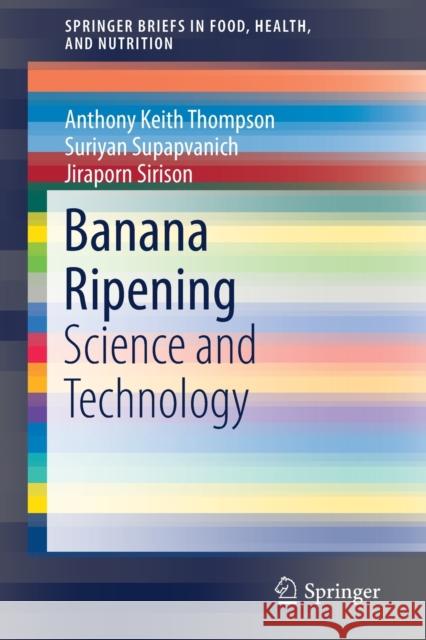Banana Ripening: Science and Technology » książka
topmenu
Banana Ripening: Science and Technology
ISBN-13: 9783030277383 / Angielski / Miękka / 2019 / 143 str.
Kategorie:
Kategorie BISAC:
Wydawca:
Springer
Seria wydawnicza:
Język:
Angielski
ISBN-13:
9783030277383
Rok wydania:
2019
Dostępne języki:
Numer serii:
000458289
Ilość stron:
143
Waga:
0.23 kg
Wymiary:
23.39 x 15.6 x 0.86
Oprawa:
Miękka
Dodatkowe informacje:
Wydanie ilustrowane











